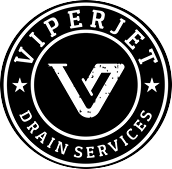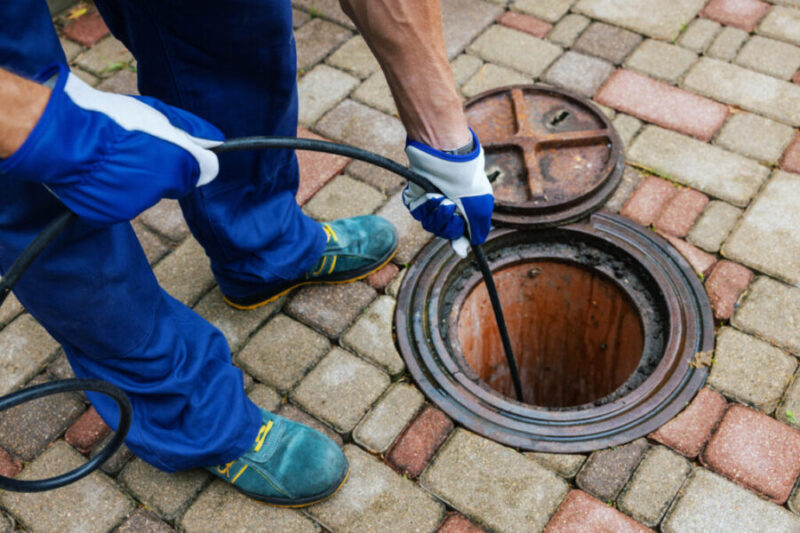Drain cleaning is a crucial maintenance task to prevent clogs, backups, and unpleasant odors in your plumbing system. Various methods can effectively clean drains, depending on the severity of the blockage and the type of pipes you have. In this guide, we’ll explore the best drain cleaning methods.
1. Boiling Water:
Suitable For: Mild clogs caused by grease or soap residue.
How to Use: Boil a pot of water and carefully pour it down the drain. The hot water can melt and wash away grease and soap scum.
Precaution: Avoid using this method on PVC pipes, as boiling water can damage them.
2. Baking Soda and Vinegar:
Suitable For: Mild clogs and regular maintenance.
How to Use: Pour half a cup of baking soda down the drain, followed by half a cup of vinegar. Cover the drain for 15 minutes, then flush with hot water.
Precaution: This method is safe for most pipes and can help maintain clean drains.
3. Plunger:
Suitable For: Minor toilet clogs and sink clogs.
How to Use: Ensure there’s enough water to cover the plunger’s head. Create a seal over the drain and push and pull the plunger vigorously to dislodge the blockage.
Precaution: Use a flange plunger for toilets and a cup plunger for sinks and tubs.
4. Manual Drain Snake:
Suitable For: Stubborn clogs deeper within the drain.
How to Use: Insert the drain snake cable into the drain and turn the handle clockwise. This will help break up and pull out the blockage.
Precaution: Be cautious when using a drain snake to avoid damaging the pipes.
5. Chemical Drain Cleaners:
Suitable For: Severe clogs.
How to Use: Follow the manufacturer’s instructions. Typically, you pour the chemical cleaner down the drain, wait for it to work, and then flush with water.
Precaution: Chemical cleaners can be harsh on pipes and the environment, so use them sparingly and with care.
6. Hydro-Jetting:
Suitable For: Tough, deep-rooted clogs and professional cleaning.
How to Use: Hydro-jetting involves using high-pressure water to clean and clear the pipes. This is typically done by professional plumbers.
Precaution: It’s a powerful method that should only be handled by experienced professionals.
7. Enzyme-Based Cleaners:
Suitable For: Regular maintenance and preventing clogs.
How to Use: Pour enzyme-based cleaner down the drain to break down organic matter in the pipes.
Precaution: These cleaners are eco-friendly and safe for pipes, making them a good choice for preventive maintenance.
8. Vacuuming:
Suitable For: Dry debris or hair clogs in bathroom drains.
How to Use: Use a wet/dry vacuum to suck out the debris causing the clog.
Precaution: Ensure you have the appropriate attachment to create a seal over the drain.
9. Professional Plumbing Services:
Suitable For: Persistent or complex clogs.
How to Use: Contact a licensed plumber for a thorough inspection and cleaning. They have specialized equipment and expertise to handle even the most challenging clogs.
Precaution: Regular maintenance by professionals can prevent costly clogs and plumbing issues.
In conclusion, the choice of drain cleaning method depends on the nature of the clog and your level of comfort and expertise. While DIY methods can handle minor clogs, it’s important to use them cautiously to avoid damaging your plumbing system. For more severe clogs and preventive maintenance, consider professional drain cleaning services to keep your drains clean and your plumbing system in optimal condition.

